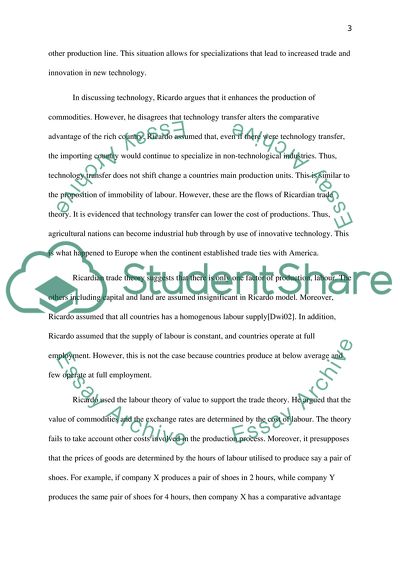Cite this document
(Trade Theory and Development Essay Example | Topics and Well Written Essays - 1500 words, n.d.)
Trade Theory and Development Essay Example | Topics and Well Written Essays - 1500 words. https://studentshare.org/macro-microeconomics/1864520-trade-theory-and-development
Trade Theory and Development Essay Example | Topics and Well Written Essays - 1500 words. https://studentshare.org/macro-microeconomics/1864520-trade-theory-and-development
(Trade Theory and Development Essay Example | Topics and Well Written Essays - 1500 Words)
Trade Theory and Development Essay Example | Topics and Well Written Essays - 1500 Words. https://studentshare.org/macro-microeconomics/1864520-trade-theory-and-development.
Trade Theory and Development Essay Example | Topics and Well Written Essays - 1500 Words. https://studentshare.org/macro-microeconomics/1864520-trade-theory-and-development.
“Trade Theory and Development Essay Example | Topics and Well Written Essays - 1500 Words”. https://studentshare.org/macro-microeconomics/1864520-trade-theory-and-development.


